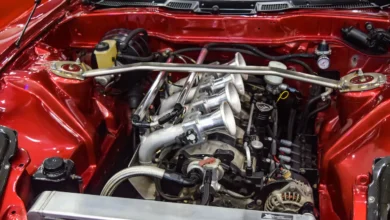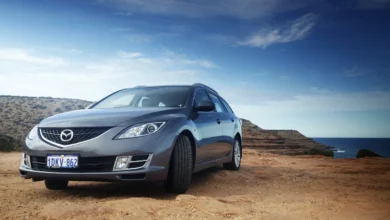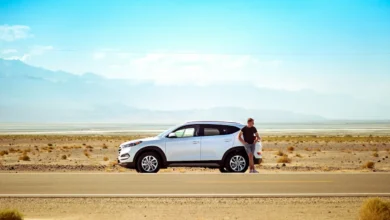Maserati Australia
The Maserati History
The Maserati story is remarkable; its foundation lies with an extraordinary family who had bold, forward-thinking ideas. Rodolfo was an Italian railway engineer employed by the Italian Monarchy. He was the father of seven boys who were all passionate about engine design and racing. All three Maserati brothers were involved in the automobile industry. However, on December 1, 1914, Alfieri Maserati opened his workshop in Bologna.
In the early 20th Century, they showed a passion for speed and mechanics that was unwavering. Early in the 20th century, their interest in the growing futurism movement led them to motorsports. The close brothers started to work together because of their different personalities and talents. The collaboration helps them gain the necessary experience to start a new company.
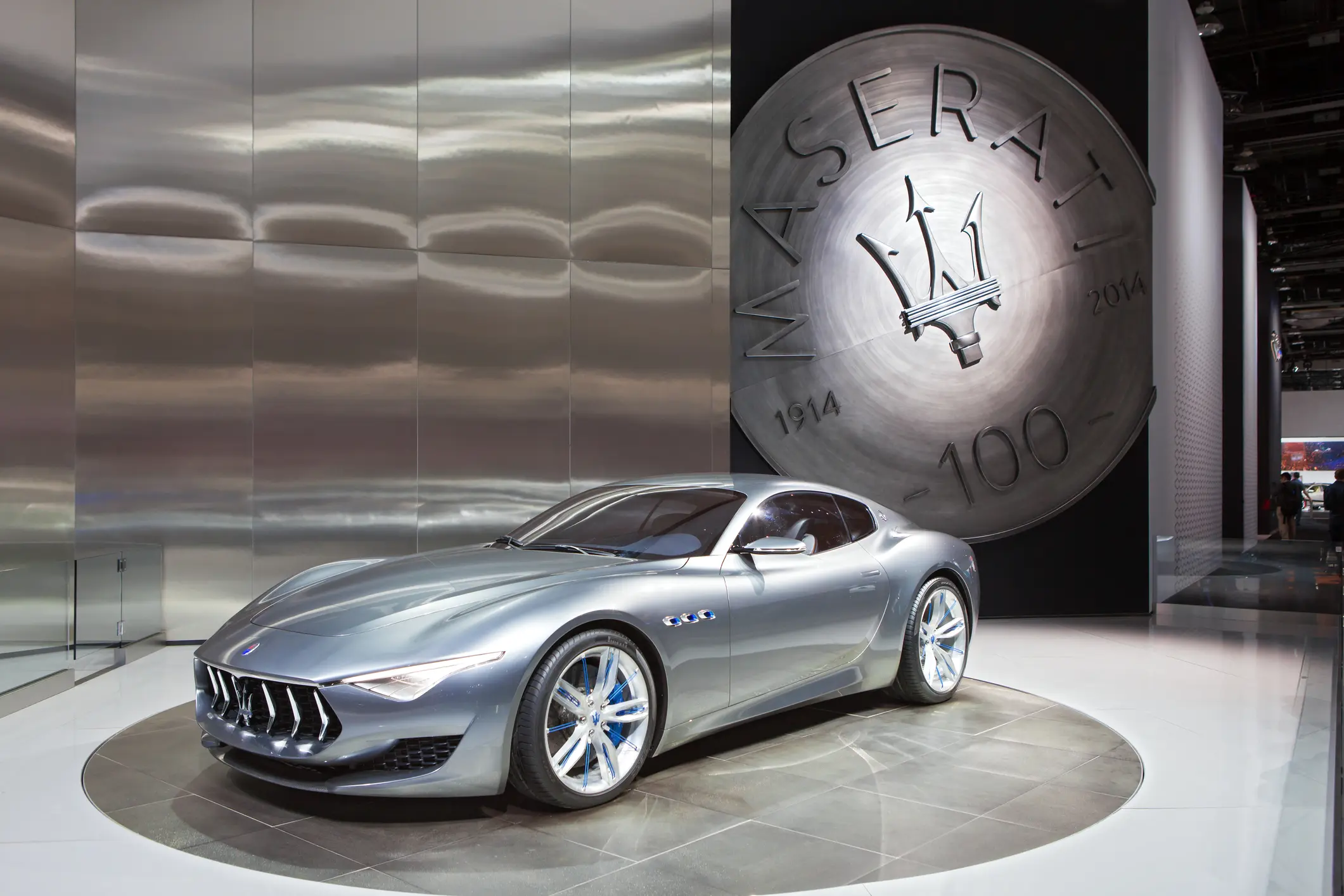
Alfieri Maserati founded a new company in 1914. This business was called the Societa Anonima Officine Alfieri Maserati. Mario Maserati, the man who created the Trident logo, was not a car enthusiast. The emblem was an important contribution to the business of the Alfieri family and paid homage to the city in which the business was founded.
The Maserati logo was created in 1920 by one of the brothers at the suggestion of a family friend, Marquis Diego de Sterlich. The sports car company chose this logo because Neptune is the symbol of strength and vigour. It also represents the city where the company was founded. The fountain and statue of Neptune with a trident paid homage to the city. The fountain and statue are still standing today in Piazza.
About Maserati
Officine Alfieri Maserati was founded in Bologna on the 1st of December 1914. Maserati’s role in sports car culture has been a constant one since then. The company has experienced a hundred years of success, both on and off the track. It also faced many challenges, which helped shape the character and personality of the company.
Maserati’s history is more than just its sporting successes and the introduction of fantastic road cars. Over the years, Maserati has developed both industrially and as a company. The company’s move from Bologna in 1940 to its current location in Viale Ciro Menotti in Modena is one of its most important historical steps.
Even today, Maserati’s global reach is still derived from its historic headquarters.
Maserati has now become a global brand, operating in more than 70 markets. Maserati is the only manufacturer that has managed to infuse its cars with both past and future, heritage and innovation. Maserati’s Italian heritage may be at the heart of its cars, but it is also focused on the future.
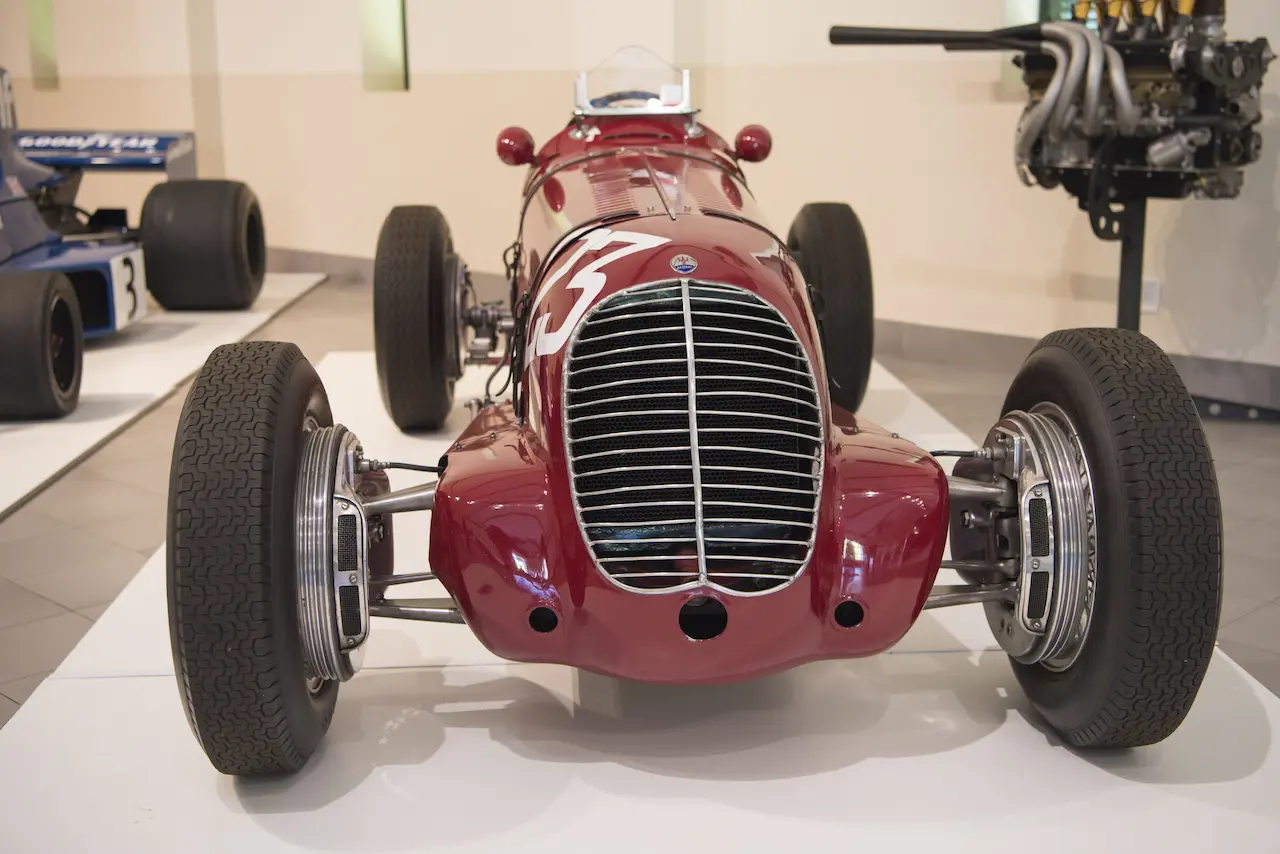
Maserati’s First Racing Car
In the 1920s Maserati entered the motorsport world. After many years of planning, Maserati finally made its debut in motorsport. The brothers finally unveiled their first racing vehicle in 1926. The car, named Tipo 26, was the first to display the Trident at its Targa Florio debut in Sicily. Mario Umberto Borzacchini, a race car driver from Italy, set the Class C world record in 1929 while driving Maserati’s 16-cylinder V4. The record was set at 246.069 km/h over 10 kilometres by Mario Umberto Borzacchini in 1929.
The factory built race cars, including the A6 1500, during World War II. The 8CTF (8 Cylinder Fix Head) was the first Maserati product to be unveiled in March 1939. Maserati’s first American victory was achieved by renaming the 8CTF (8 Cylinder Fixed Head) “The Boyle Special”.
The Boyle Special
The Boyle Special was an iconic race car built by Ray Boyle during the early 20th century that left an indelible mark on motorsport history. Notable not only for its sleek, aerodynamic design but also for its use of innovative lightweight materials and advanced engineering techniques.
Since its debut in the 1920s, the Boyle Special quickly established itself as an influential racing machine of its era. Boasting an engine designed and tuned by Boyle himself for maximum speed and performance, it proved an indispensable contender in endurance races across America. Drivers entrusted with driving it spoke highly of its exceptional handling and reliability – characteristics often decisive in races where mechanical failure was prevalent.
Beyond its racing prowess, the Boyle Special captured the imagination of automotive enthusiasts worldwide. Its distinctive appearance and technological innovations influenced subsequent generations of race car designs; leaving an indelible mark in motorsport engineering history. Today, it remains an icon of innovation and speed that represents daring daredevils at their finest during motorsport’s golden era.
The Australian Grand Prix
The 1954 Australian Grand Prix took place on a road circuit in Queensland near Southport. Fred Zambucka, who was the only Maserati 3.0-litre 8CM to enter the race, finished 12th.
The Australian Grand Prix, staged at Port Wakefield (South Australia) for the first on a specially built circuit in October 1955, was the beginning of Grand Prix racing in Australia.
Maserati was already well-known on the major racing circuits of the world. However, the foundations for the company in Australia and New Zealand were not laid until the years following World War II.
Maserati has an impressive record on the racetrack and in the production of high-performance road cars. But the car manufacturer also has a rich history in Australia and New Zealand. Maserati played an important role in the racing careers of many of the top racers in Australia and New Zealand before it launched its road cars on the Australian and New Zealand markets.
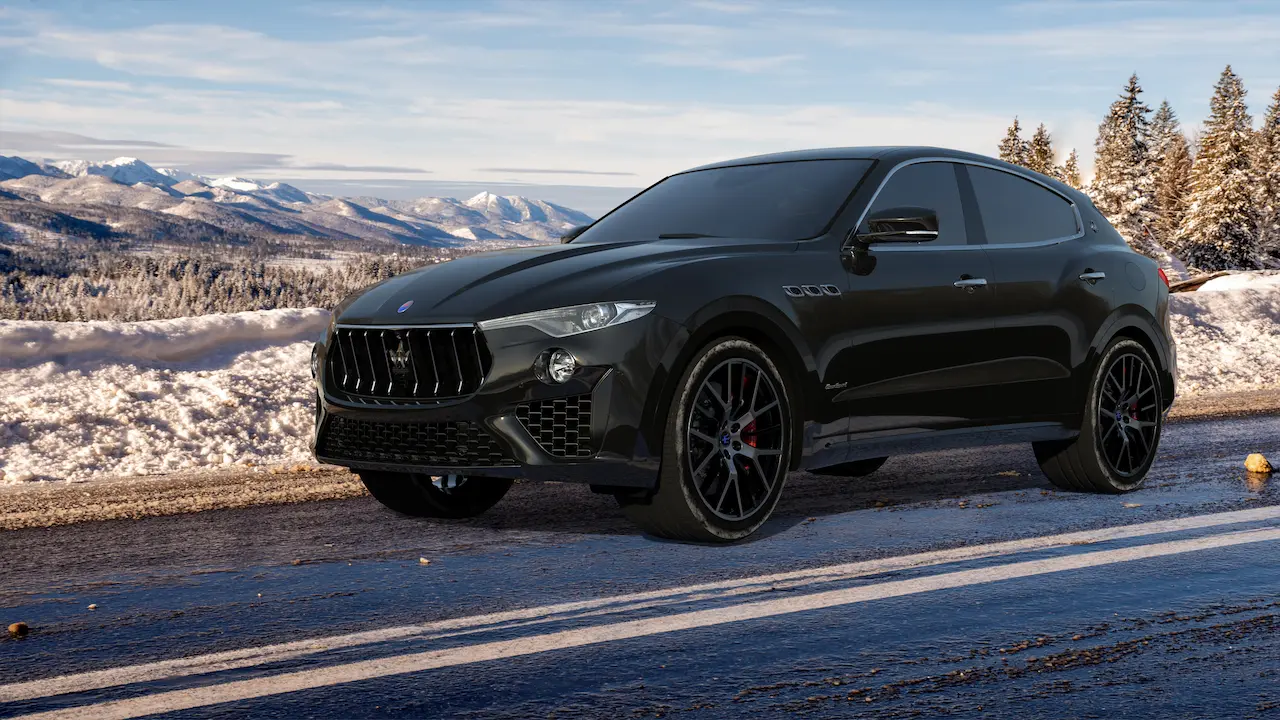
Maserati Road Cars in Australia
In 1960, Maserati began importing cars to Australia. This was the beginning of a business that is now a major player in the exotic luxury car and performance car markets in both countries.
Maserati arrived in Australia and entered a new age of automotive sophistication. Maserati became more than a car. It became a symbol of aspiration and pride. Maserati road cars were a fusion of Italian passion with Australian spirit. They could be found on the streets of Melbourne or the outback trails.
Maserati cars started to appear more frequently on Australian roads, including the V6 Karif, Ghibli and V8 Shamal models. Graziani raised the profile of Maserati during the 1990s by using the Shamal as part of a motor racing program in 1994, and later with several cars from the 2-litre Biturbo Ghibli Cup.
Maranello Concessionaires of the Sutton Group took over the responsibility of Maserati Australia in 1997 after Fiat acquired Maserati. In 1999, Maserati was merged with Ferrari under Fiat’s umbrella.
The new 3200GT model, which was highly acclaimed and arrived in Australia in late 1999, was well received. It was this model that would propel the Italian brand into double-digit sales for the first ever time. This momentum was continued with the introduction of the Spyder and the V8 engine from Ferrari into both the Coupe and Spyder.
The launch of the all-new Quattroporte was what started a new era in the company. In 2004, Neville Crichton, a New Zealander, made a convincing case for taking over the brand’s Australian distribution.
Maserati Automotive Innovation
Maserati’s iconic sports cars and road cars graced Australian streets first. Each model, from the elegant GranTurismo sedans to the powerful Quattroporte sports cars, exemplified Maserati’s commitment to engineering excellence. The brand quickly gained a reputation as a luxury and performance car, appealing to drivers who wanted more than just transportation.
Maserati Australia has made a significant contribution to Australia’s economy, beyond its appeal on the road. The opening of Maserati dealerships, service centres, and distribution networks has created business opportunities and jobs throughout Australia. The Maserati ecosystem has created meaningful employment for skilled technicians, sales professionals and support staff. This has facilitated economic growth and stability within local communities.
Maseratis today may not have the same brand recognition as their main rivals but they are still much more affordable and offer a sexy Italian style with impressive performance cars.

